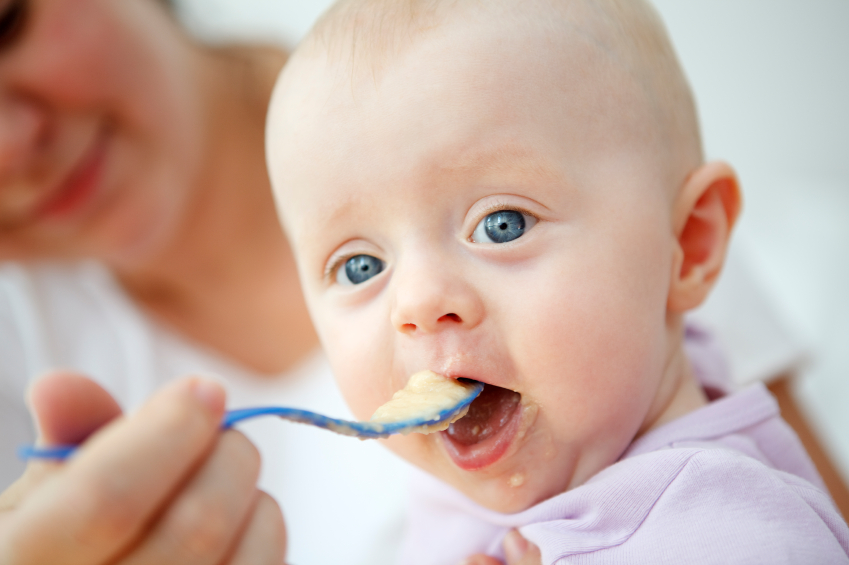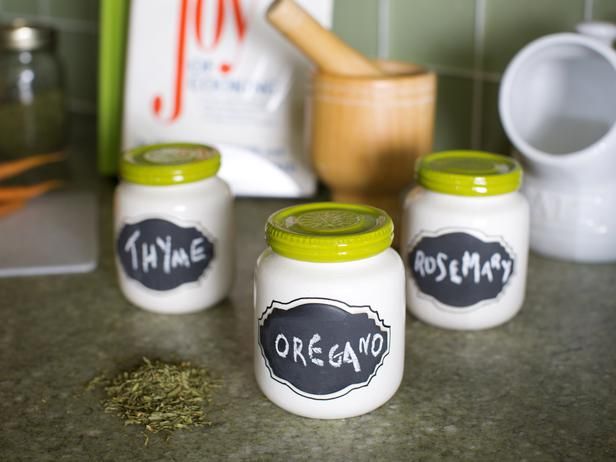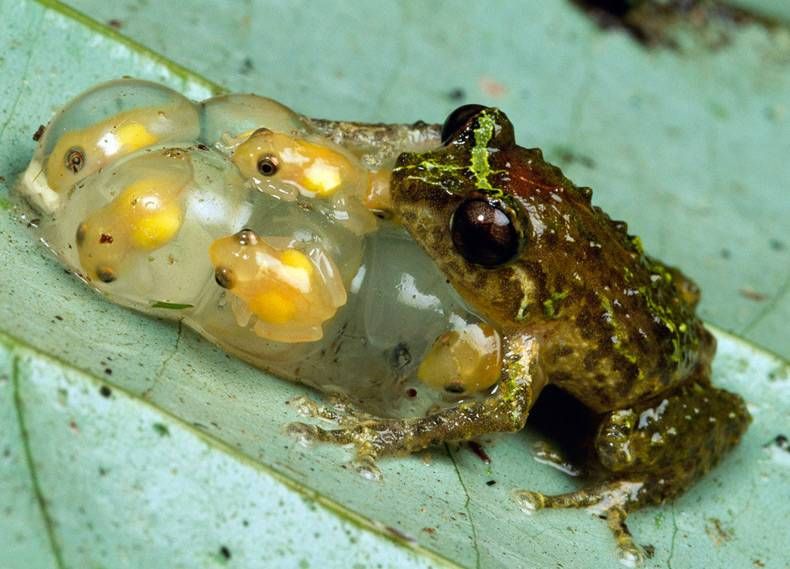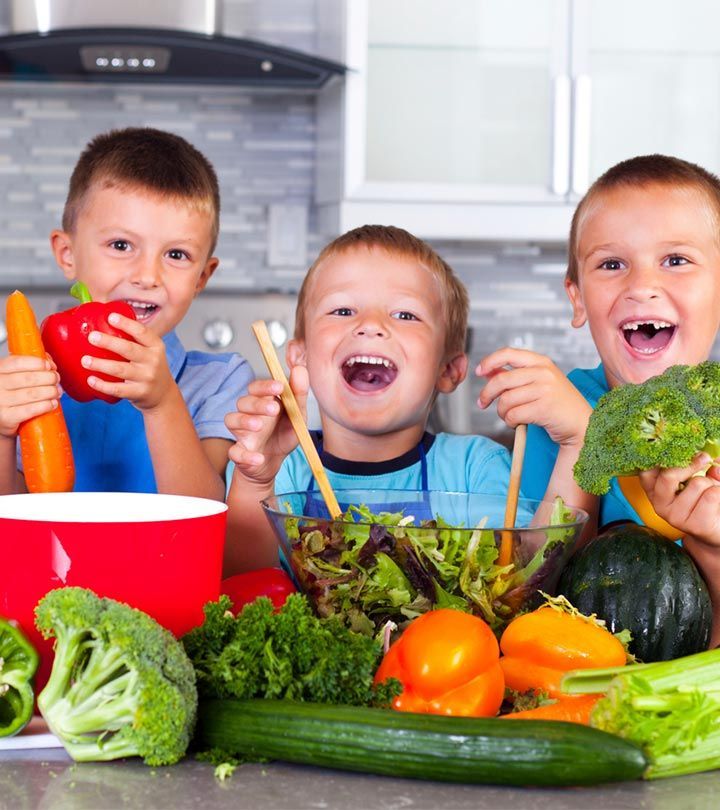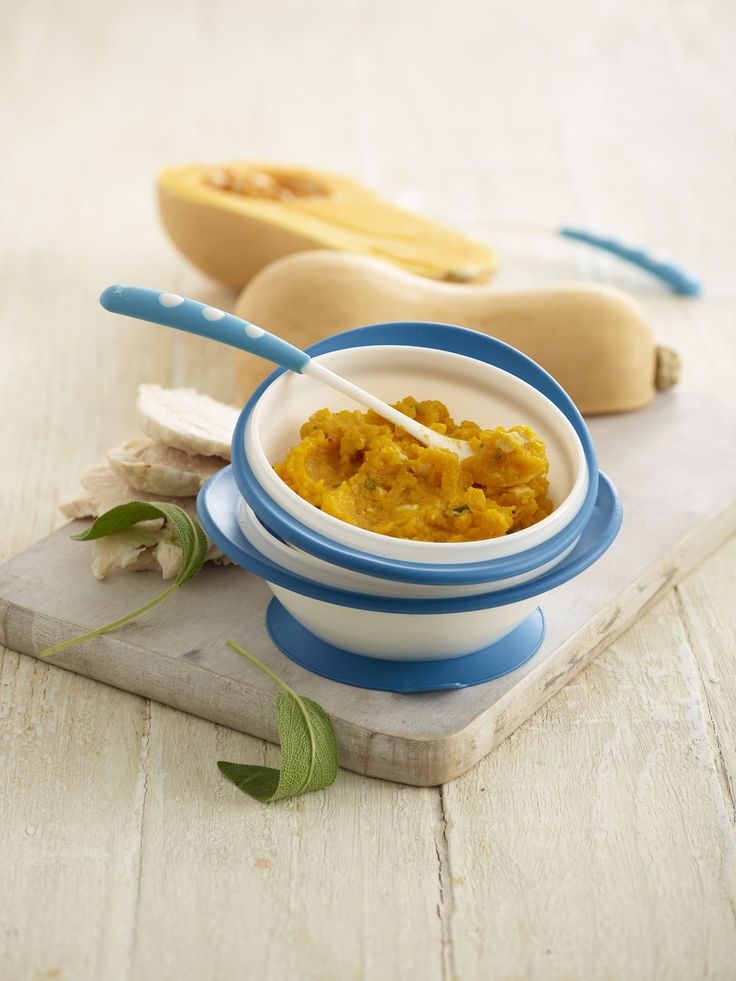Bottle to feed baby food
Bottle-feeding babies: giving the bottle
About bottle-feeding
If your baby can’t always feed directly from your breast, you might choose to bottle-feed with expressed breastmilk. Or you might need to feed your baby infant formula, which is the only safe alternative to breastmilk.
Before you bottle-feed your baby, it’s important to know how to clean and sterilise bottle-feeding equipment, as well as how to prepare, store and warm bottles of formula. This will help to keep your baby safe from infection and make sure baby is getting the right nutrition.
Getting the right flow when bottle-feeding
To test the flow of the formula or breastmilk, hold the bottle upside down when it’s filled with liquid at room temperature. The liquid should drip steadily from the teat but not pour out.
If you have to shake the bottle vigorously to see the drip, the flow is too slow. Your baby might go to sleep before drinking what they need.
When you feed your baby, you might see a little leakage at the corners of your baby’s mouth. This doesn’t mean the flow is too fast. It’s nothing to worry about. It will stop as your baby gets older.
If you have trouble finding a teat with a flow to suit your baby, try a faster teat rather than a slower one. You might need to try a few different teats before you find one that suits.
Giving baby the bottle
Make yourself comfortable and cuddle your baby close to you, holding baby gently but firmly. It’s better for your baby to be on a slight incline so any air bubbles rise to the top, making burping easier.
Put the teat against your baby’s lips. Your baby will open their mouth and start to suck. Keep the neck of the bottle at an angle so it’s filled with formula or breastmilk.
When your baby stops sucking strongly or when about half of the formula or breastmilk has gone, gently remove the bottle and see whether baby wants to burp. Once you’ve tried burping your baby, you can offer the bottle again.
Paced bottle-feeding
Babies who are normally breastfed might find it hard to pace themselves when bottle-feeding, particularly if they’re premature.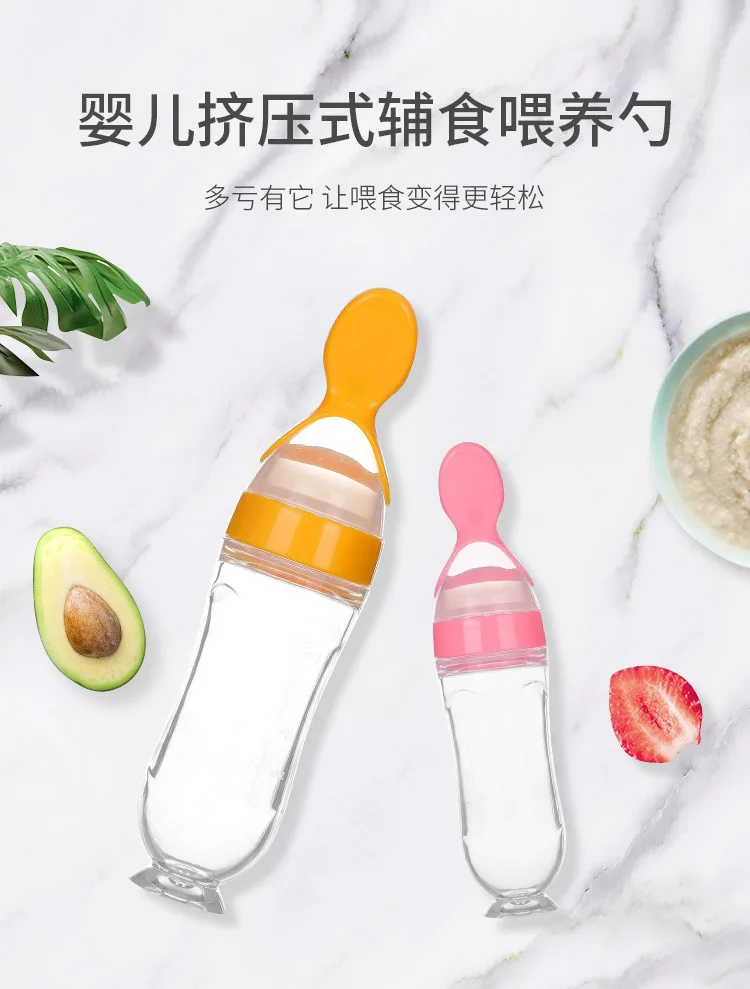 This is because they’re used to controlling the flow of breastmilk. Sometimes these babies can drink too much too quickly.
This is because they’re used to controlling the flow of breastmilk. Sometimes these babies can drink too much too quickly.
Paced feeding can sometimes help. This involves holding your baby in an upright position and letting them rest every few minutes. If you’re interested in paced bottle-feeding, it’s best to get help from your child and family health nurse or a lactation consultant.
Holding, cuddling and talking to your baby during feeding will help baby develop and grow. It’s also a great opportunity to bond with your baby.
When baby doesn’t finish the bottle or goes to sleep while feeding
Don’t worry if your baby doesn’t finish the bottle. Babies are very good at judging how much they need, so you can let your baby decide when they’ve had enough formula or breastmilk.
If your baby goes to sleep during a feed, put baby over your shoulder, rub their back, and stroke their head, legs and tummy. This can help your baby to wake up. A nappy change is a good way to wake up your baby if that doesn’t work.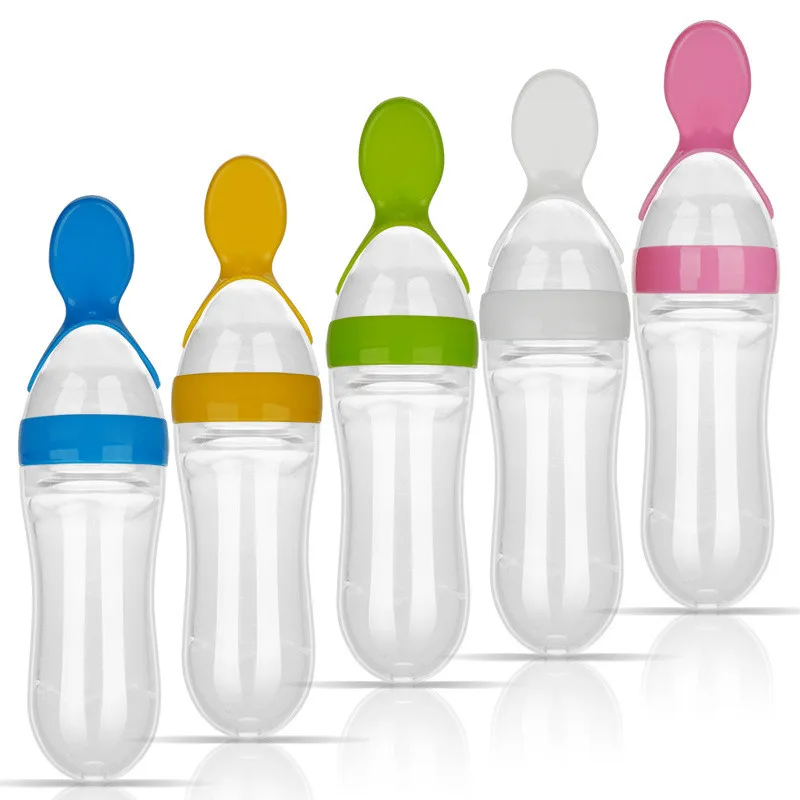
Wait until your baby is properly awake before offering the rest of the formula or breastmilk.
If there’s any formula or breastmilk left in the bottle, throw it away after one hour. When your baby drinks from a bottle of formula or breastmilk, bacteria from their mouth get into the milk. The bacteria can grow and make your baby sick if you give your the baby the half-finished bottle later.
When baby refuses the bottle
Babies sometimes refuse a bottle altogether. Here are things to try if this happens:
- Try a new feeding position or change the feeding environment. For example, move around while you’re feeding, find a quieter place to feed, or play some relaxing background music.
- Try again later when your baby is more settled. For example, give your baby a bath and then try again.
- Ask your partner or another family member to give your baby the bottle.
- Try using a different teat. If the flow of formula or breastmilk is too slow, it might frustrate your baby.
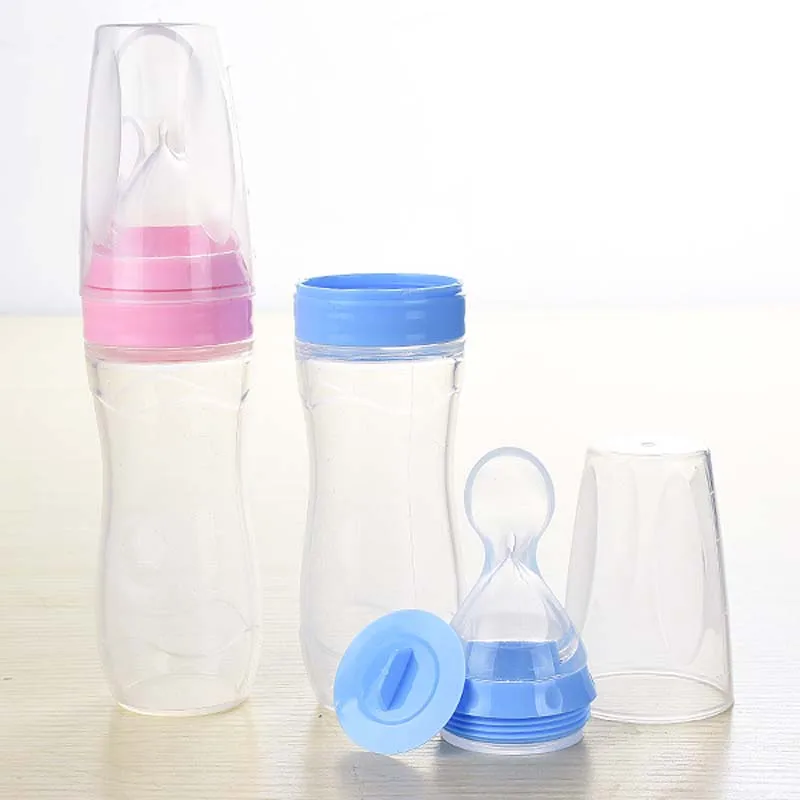
- Let your baby open their mouth for the bottle when they’re ready, rather than putting the teat into their mouth.
- Offer the formula or breastmilk from a small cup or spoon. To do this, sit your baby up and offer them small sips.
If your baby is regularly refusing the bottle, you could try adjusting your routine.
If you think your baby is refusing the bottle because they’re unwell, treat your baby’s symptoms or take your baby to see your GP.
How much do bottle-feeding babies drink?
Newborn babies commonly have 6-8 feeds every 24 hours, but there’s no set amount of food or number of feeds your baby should have. Different babies drink different amounts of formula or breastmilk. Some might have feeds close together and others further apart. And it can change from day to day.
Just feed your baby whenever they’re hungry. You’ll see baby cues that say ‘I’m hungry’ – for example, your baby will make sucking noises or start turning towards the breast or bottle.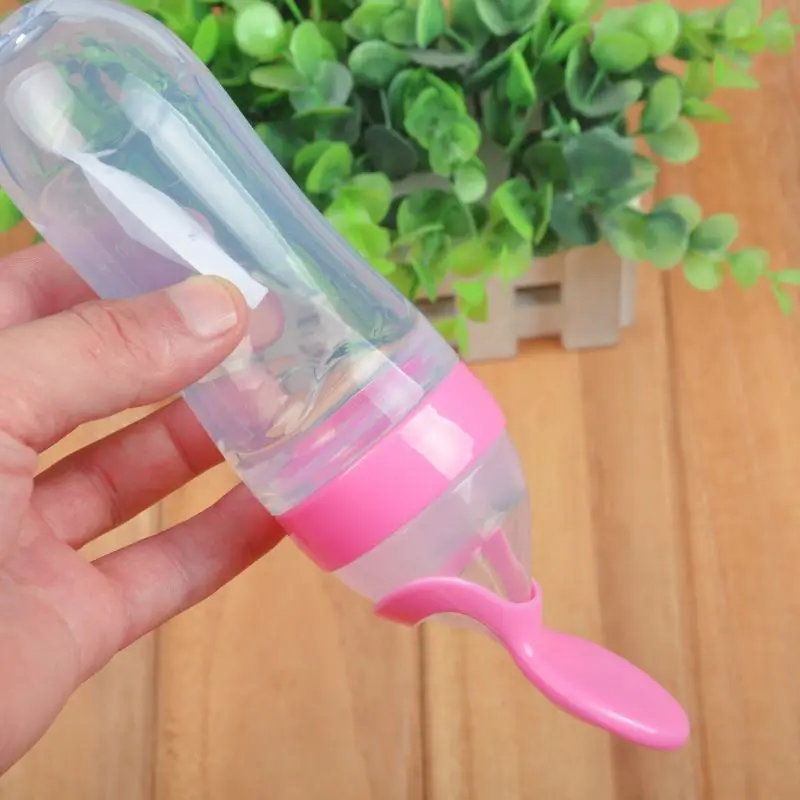 If your baby stops sucking or turns their head away from the bottle, you’ll know they’ve had enough.
If your baby stops sucking or turns their head away from the bottle, you’ll know they’ve had enough.
As your baby eats more and more solid food, the total amount of breastmilk or formula they take in a day will decrease. The amount of breastmilk or formula will also decrease as your baby starts to drink from a cup instead of a bottle.
Some babies never drink the ‘recommended amount’ for their age and size, and others need more. Plenty of wet nappies, consistent healthy weight gains, and a thriving, active baby mean all is well. If you’re concerned about how much breastmilk or formula your baby is taking, talk to your child and family health nurse or GP.
Bottle-feeding in bed: issues and risks
Sleep associations
If your baby gets used to falling asleep with a bottle in bed, they might depend on it to get to sleep. This can make it more difficult for your child to fall asleep or settle for sleep independently.
Bottle-feeding in bed also has several risks for your baby.
Choking
Babies who fall asleep while bottle-feeding can draw liquid into their lungs. They might then choke on it or inhale it.
Tooth decay
Babies have less saliva in their mouths to protect their teeth during sleep. If your baby falls asleep with a bottle, the lactose in the milk can build up on your baby’s teeth, putting your baby at risk of tooth decay.
Ear infections
If your baby drinks while lying flat, milk can flow into the ear cavity, which can cause ear infections.
It’s best to put your baby to bed without a bottle or to take the bottle away after your baby has finished feeding.
Using a feeding cup
When your baby is around 6 months old, you can help your baby start leaning to drink from a cup. It’s best to stop using bottles by the time your baby is 12 months old.
You should continue to thoroughly wash and sterilise feeding cups containing infant formula or breastmilk until your baby is 12 months old.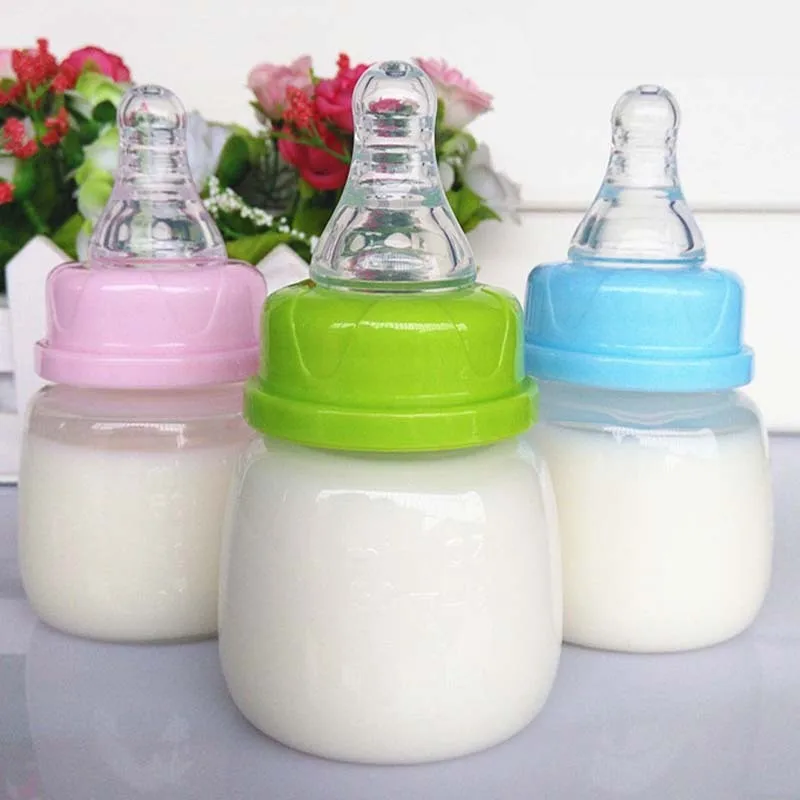
Formula Feeding FAQs: Starting Solids and Milk (for Parents)
Whether you plan to formula feed your baby from the start, want to supplement your breast milk with formula, or are switching from breast milk to formula, you probably have questions.
Here are answers to some common questions about formula feeding.
When Can My Baby Try Solid Foods?
Doctors recommend waiting until your baby is about 6 months old to start solid foods. Some babies may be ready for solids sooner than 6 months, but wait until your baby is at least 4 months old.
Babies who are ready to eat solids foods:
- are interested in foods (for example, they may watch others eat, reach for food, and open their mouths when food is near)
- hold up their heads well, and sit up with little or no help
- don't push food of their mouth (which is a natural tongue reflex that disappears when babies are 4–6 months old)
- usually weigh twice their birth weight, or close to it
Talk to your doctor about the right time to start solid foods.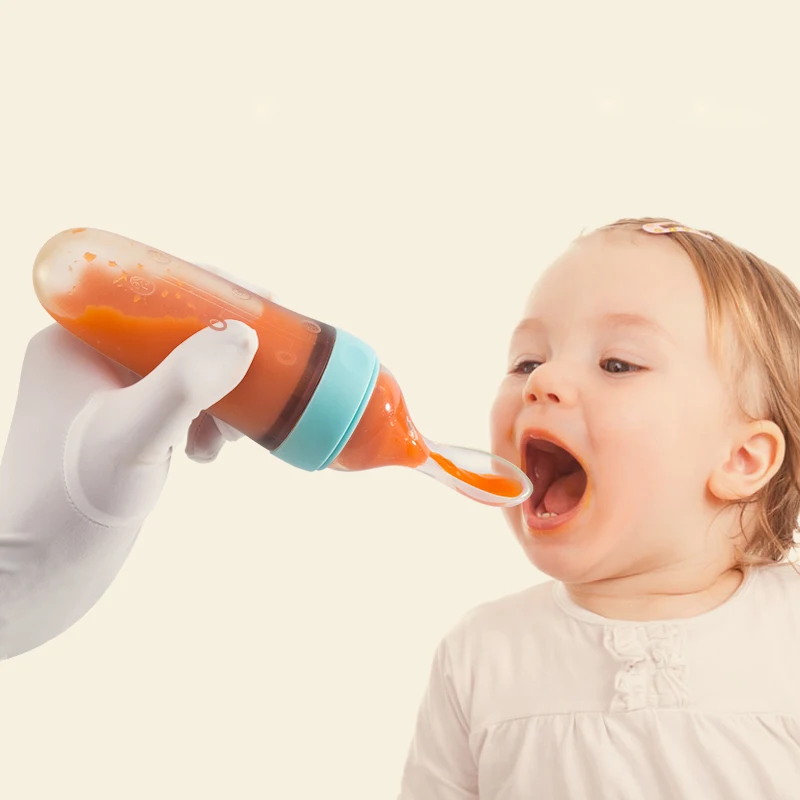
How Do I Introduce Solid Foods?
When the time is right, start with a single-grain, iron-fortified baby cereal. Start with 1 or 2 tablespoons of cereal mixed with breast milk, formula, or water. Feed your baby with a small baby spoon. Don’t add cereal to a baby's bottle unless your doctor recommends it.
When your baby gets the hang of eating the first food, introduce other foods from all food groups, such as puréed meats, fruits, vegetables, grains, beans, and yogurt. Wait a few days between introducing new foods to make sure your baby doesn't have an allergic reaction.
You can include foods that are more likely to cause allergies — such as peanuts, eggs, cow’s milk, seafood, nuts, wheat, and soy — among the foods you introduce to your infant. Waiting to start these foods does not prevent food allergies.
Talk to your doctor before giving foods that contain peanuts if your baby has severe eczema or an egg allergy, as these conditions make an allergy to peanuts more likely.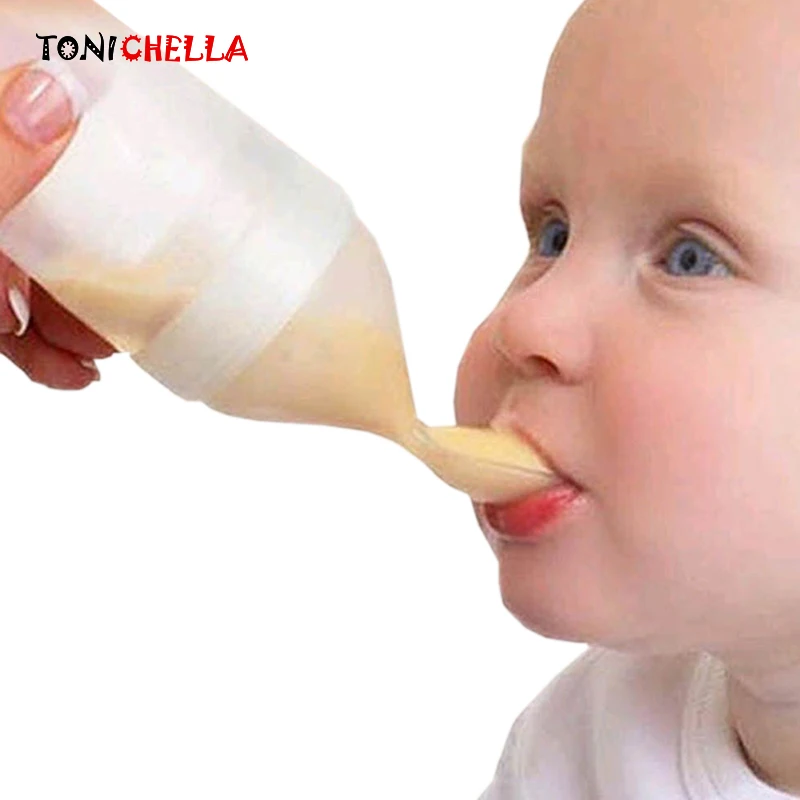 Eating peanut-containing foods early on may lower a child’s chances of developing a peanut allergy. But your doctor will need to decide if you can give peanuts to your baby, and the safest way to do it. Usually, this requires allergy tests.
Eating peanut-containing foods early on may lower a child’s chances of developing a peanut allergy. But your doctor will need to decide if you can give peanuts to your baby, and the safest way to do it. Usually, this requires allergy tests.
Should We Avoid Some Foods?
Yes, don’t give your baby:
- foods with added sugars or no-calorie sweeteners
- high-sodium foods
- honey until after the first birthday. It can cause botulism in babies.
- unpasteurized juice, milk, yogurt, or cheese
- regular cow's milk or soy beverages instead of breast milk or formula before 12 months. It’s OK to offer pasteurized yogurt and cheese.
- foods that may cause choking, such as hot dogs, raw carrots, grapes, popcorn, and nuts
Always supervise your child when eating. Make sure your child is sitting up in high chair or other safe place.
When Can My Baby Have Cow's Milk?
Before their first birthday, babies still need the nutrients in breast milk or formula.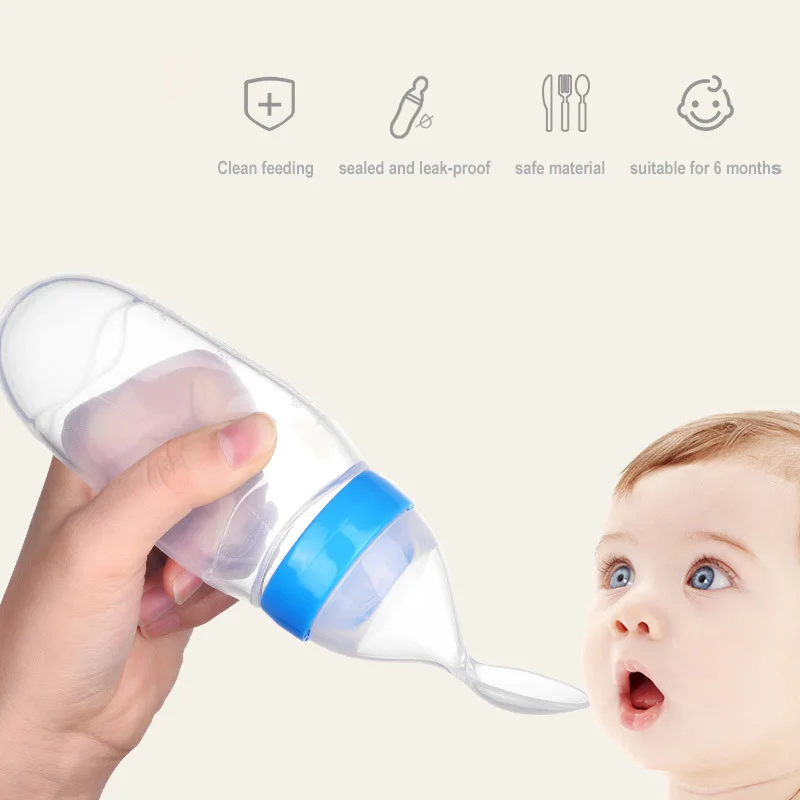 But after that, they’re ready to switch to cow's milk.
But after that, they’re ready to switch to cow's milk.
Most kids under age 2 should drink whole milk. If a toddler is overweight or there is a family history of obesity, high cholesterol, or heart problems, your doctor might recommend switching to reduced fat (2%) milk.
If your child can’t drink cow’s milk, choose an unsweetened soy beverage fortified with calcium and vitamin D. Other milk alternatives, like almond, oat, rice, or coconut milk, have less protein and may not be fortified.
How Do We Switch to Cow’s Milk?
You can switch your baby from formula to whole milk by replace bottles of formula with bottles — or sippy cups — of milk. By 1 year old, your baby should be eating a variety of solid foods and drinking about 16 to 24 ounces (480–720 milliliters) of milk per day.
When Can I Start Giving My Baby Water and Other Drinks?
In their first 6 months, healthy babies drinking enough formula usually don't need extra water. Once your baby is eating solid foods, you can offer a small amount of water between feedings, up to 4–8 ounces a day.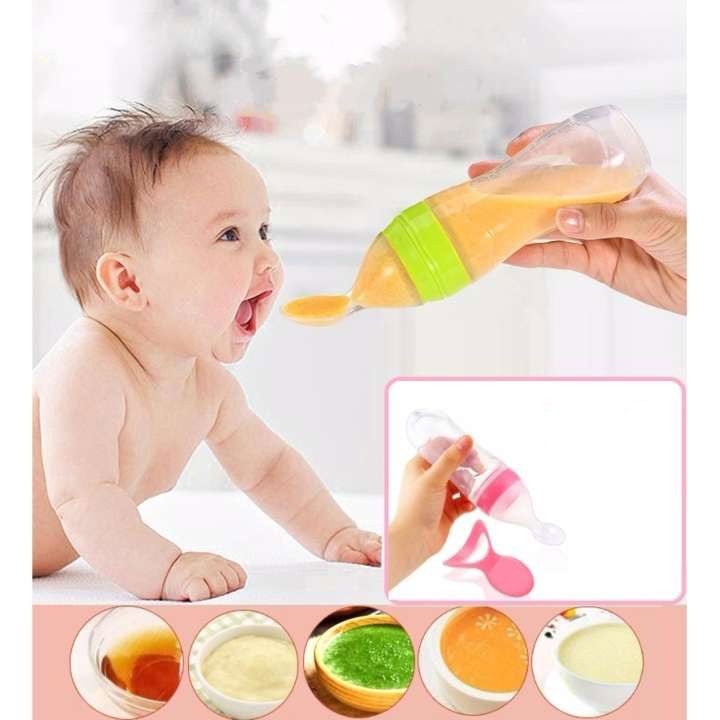
Water that has fluoride helps prevent tooth decay. If your water does not have fluoride, talk to your doctor or dentist about fluoride drops.
Do not give juice to babies younger than 12 months. After your child’s first birthday, limit 100% fruit juice to no more than 4 ounces a day. Always serve juice in a cup, not in a bottle. Don’t give your child sugar-sweetened beverages, including soda, juice drinks, sports drinks, and flavored milks.
Reviewed by: Mary L. Gavin, MD
Date reviewed: November 2021
90,000 bottles for feeding a child-
9000 No reviews
Go to cartGo to product card
-
Little0004 Reviews No
Go to the basket to the CARS to the product card
-
3 480 ₽
Reviews No 9000,Go to the BASING CARNE
9,0005 9000. -
in the presence 220 ₽
No reviews
Go to cartGo to product card0008 120 ₽
Reviews No
Go to the Basket to the product card
-
Go to the CARKING to the product card
9000 no -
Go to the basket to the product card
-
in stock
220 ₽ 9000
-
Go to cartGo to product card
-
In stock
0004 reviews No
Go to the basket to the product card
-
in stock
120 ₽
Reviews NoGo to the WASK
9000 9000 9000 9000 9000149 ₽
No reviews
Go to cartGo to product cardOl000
-
Available
280 ₽
No reviews0007
-
in the presence of
185 ₽
Reviews No
Go to the CASE to the product card
- 9000 9000 9000 9000 ₽
No reviews
Go to cartGo to product card
-
Available
210 ₽
Reviews No
Go to the WASING to the product card
-
Available in the presence
-
Go to cartGo to product card
-
Little0007
Go to cartGo to product card
-
Go to cartGo to product card million microplastic particles per day. This figure differs by region: in African countries it is 14.6 thousand particles, and in the most developed countries of the world it reaches 4.
 55 million. The largest contribution to the emission of microplastics in infant formula is made by the body of the bottle, and polypropylene accessories emit it much less. The article was published in the journal Nature Food .
55 million. The largest contribution to the emission of microplastics in infant formula is made by the body of the bottle, and polypropylene accessories emit it much less. The article was published in the journal Nature Food . Many studies of plastic pollution affect marine ecosystems, but global transport has already led to the widespread distribution of microplastics in terrestrial biomes, including in the human body. For example, the average US resident with a chair gets rid of 74,000 to 211,000 microplastics every year. 62.8 percent of these particles are polypropylene, but the ways this polymer enters the body have not yet been fully established. Polypropylene is considered a type of plastic that is safe for health and is actively used for the production of food packaging, including bottles for infant formula. Such bottles are subjected to high temperatures by people during sterilization and shaking, which carries a potential risk for the active release of microplastic particles.
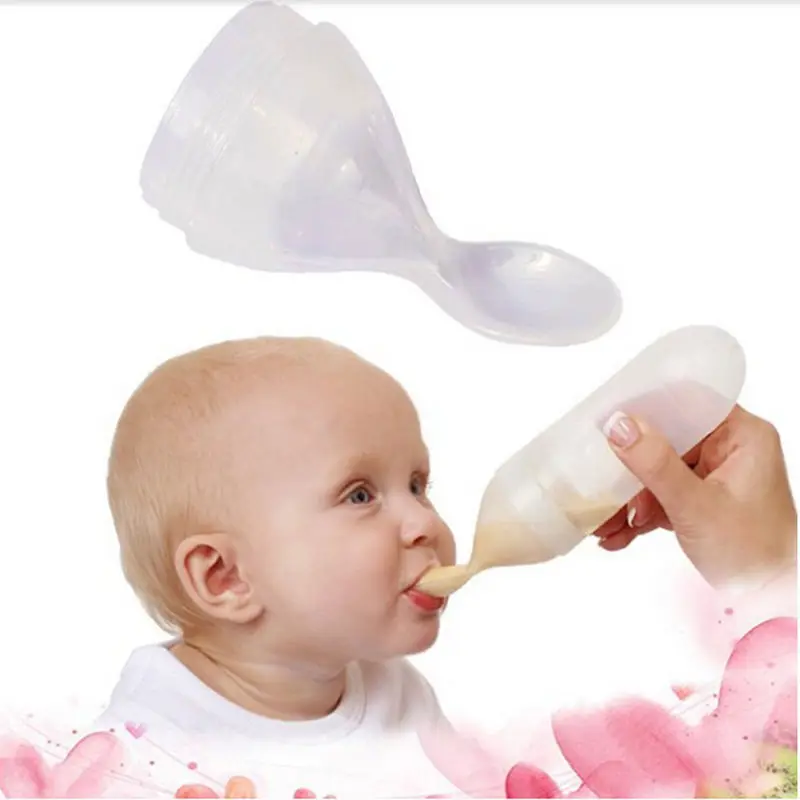
Scientists led by Donzhu Li of Trinity College Dublin have studied the influx of polypropylene particles from bottles into infant formula. At the beginning of the study, they collected data on sales of such bottles in 48 regions of the world, covering 77.6 percent of the world's population.
Next, they combined this data with the results of a simulation experiment on the operation of polypropylene bottles. The course of the experiment followed the WHO recommendations for the preparation of infant formula and included sterilization and shaking of the bottles. Next, the water from them was passed through a gold-coated filter with a pore diameter of 0.8 micrometers to collect polypropylene particles.
The authors of the study concluded that polypropylene is present in at least one component - body or accessory - in 82.5 percent of baby food bottles worldwide. At the same time, the polymer turned out to be an active source of microplastic particles: bottles, and the body and accessories of which were made of polypropylene, produced from 1310000±130000 to 16200000±1300000 microplastic particles per liter of liquid.
 The body material made the greatest contribution to such emission, but if the body was made of glass and the accessories were made of polypropylene, then the number of emitted particles was orders of magnitude smaller and ranged from 69700±9800 to 267000±15000 particles per liter. The number of particles was also affected by an experimental increase in the heating temperature of the bottles: for example, at a temperature of 25 degrees Celsius, 0.6 million particles were released into the water, and at a temperature of 95 degrees Celsius - already 55 million (as a rule, the mixture for feeding is not heated above 70 degrees Celsius).
The body material made the greatest contribution to such emission, but if the body was made of glass and the accessories were made of polypropylene, then the number of emitted particles was orders of magnitude smaller and ranged from 69700±9800 to 267000±15000 particles per liter. The number of particles was also affected by an experimental increase in the heating temperature of the bottles: for example, at a temperature of 25 degrees Celsius, 0.6 million particles were released into the water, and at a temperature of 95 degrees Celsius - already 55 million (as a rule, the mixture for feeding is not heated above 70 degrees Celsius). It turned out that, on average, every baby fed from a polypropylene bottle swallows 1.58 million microplastic particles per day. Depending on the region, this figure ranges from 14,600 to 455,000 particles - in developed countries, intake is higher.
The scientists noted that they calculated the amount of microplastics entering the child's body is underestimated.
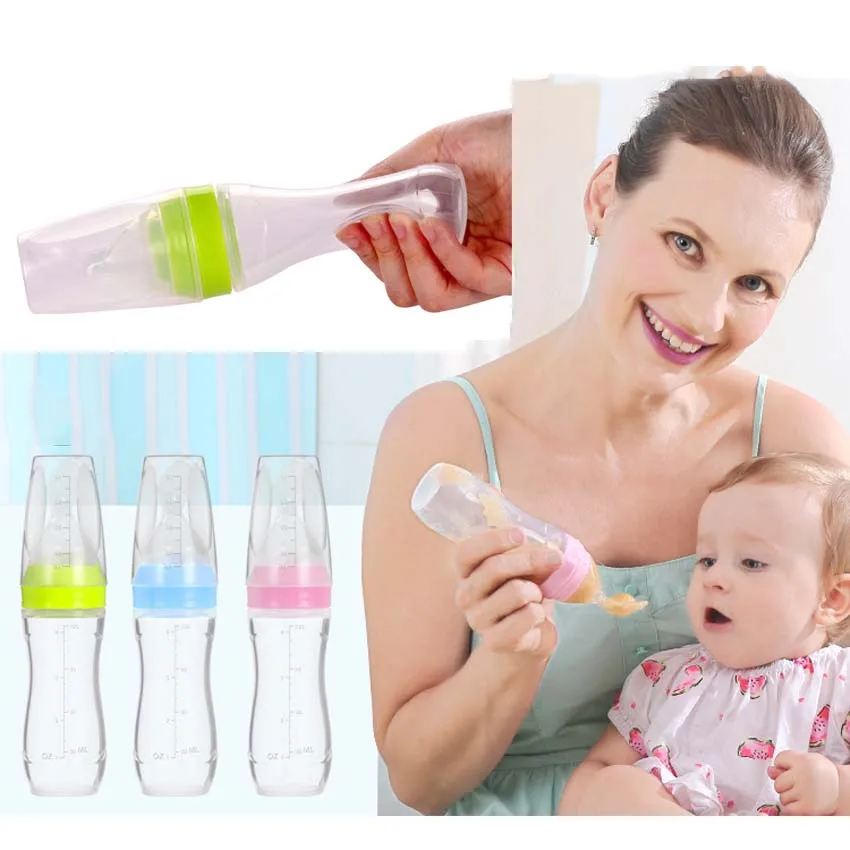
Available
290 ₽
Reviews No
Go to the WARK to the product card
2 568 ₽
No reviews0007
Go to cartGo to the product card0007
Go to the basket to the product card


